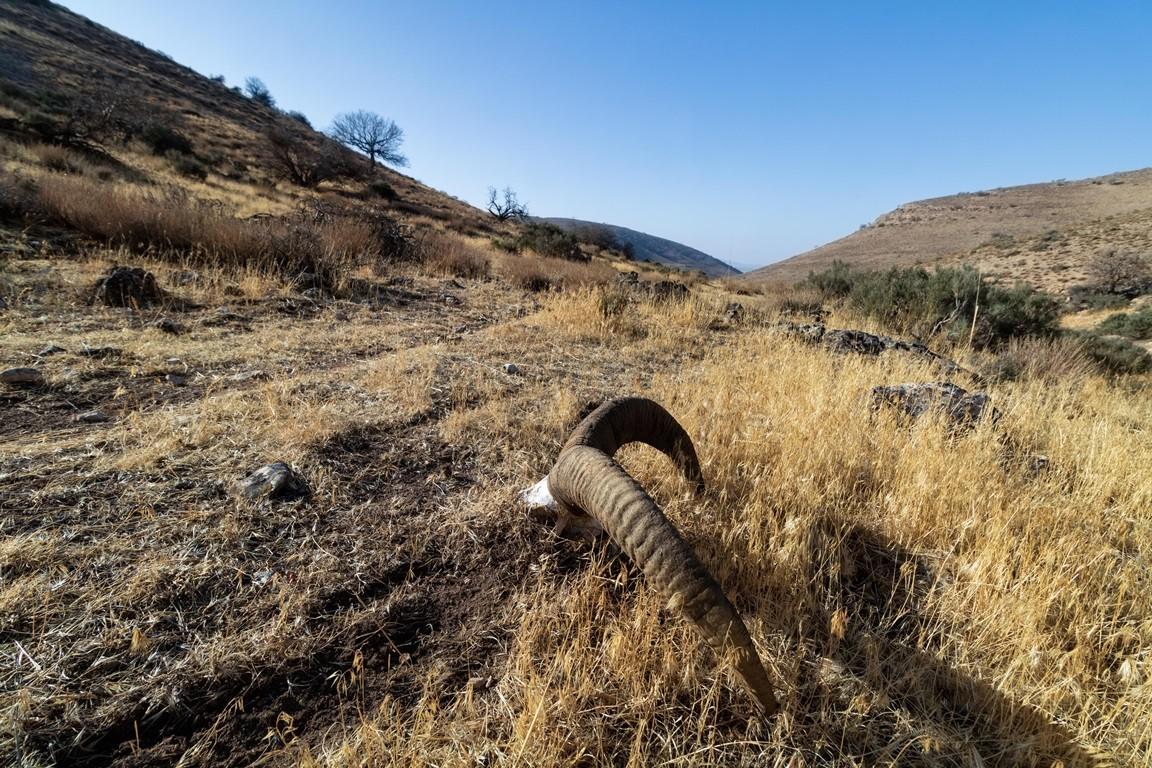
Giving a Voice to the Voiceless: Street Art X Environmental Activist Raffy Ardhaldjian on The Armenian Mouflon Project
By Arpa Hacopian
Raffy Ardhaldjian is a Diaspora Armenian philanthropist, art enthusiast and social activist.
A true survivor on many levels, Raffy has managed to transcend and transform some of the most unimaginable personal tragedies into powerful forces for good, including the establishment of the
Ani & Narod Memorial Foundation in the memory of his late wife, daughter and brother. The family foundation has provided key support and donated generously to Armenian society through various important philanthropic projects, including both the provision of monetary and material institutional contributions to Armenia’s national immunization program post independence, as well as providing housing to Syrian refugees in Armenia.
Besides enjoying technology and business, Raffy continues to take great satisfaction in giving back to his native global Armenian community and has been contributing to his nation state since its independence.
Born in the Middle East, Raffy moved to New York City as a teenager for his university studies before becoming an engineer at IBM. He holds graduate degrees from the Fletcher School of law and diplomacy and the University of Chicago Booth School of Business.
In this exclusive interview Raffy talks about his latest project, one that uniquely finds itself at the intersection of his lifelong passions: wildlife conservation, activism and the arts.
Tell us about your journey as a street art enthusiast and its connection with the wildlife conservation cause for the Armenian Mouflon.
My street art passion started with an affinity for graffiti in New York City in the 80s as a teenager when I often noticed tagged graffiti in public locations on trains on my way to and from school in Brooklyn. As the genre started gaining popularity over the last decade, I also noticed it increasingly across the world while traveling, and decided to start following its evolution in style and form, as well as purpose, with great appreciation and interest. Street art today is not just about tagging one’s name; it’s about activism and a voice for engagement. As such, I see street art is an agency for societal change.
My passion for the environment, on the other hand, is more universal, and ranges from the ocean reefs (I love scuba diving) to wildlife and the great outdoors. The Armenian Mouflon holds a special place in my heart because it’s also part of our cultural heritage and is a species indigenous to the Armenian Highlands, and bordering steppes of Iran.
While it’s not very often that conservation and the arts come together, I saw a window of opportunity to forge a new path in Armenian environmental activism, an was inspired by like Khachik Stamboltsyan who trace their roots to Armenia and Artsakh’s independence movement.
“I firmly believe a country achieves growth and progress when its wildlife and environment are respected.”
~ Raffy Ardhaldjian
In this context, when I started thinking of ways to connect the Armenian Mouflon conservation efforts, approaching ecologically-aware street artists seemed like a natural fit.
What was it about the Armenian Mouflon that caught your interest? Why now?
A war is being waged against the natural world around us. Up to 1 million of the estimated 8 million plant and animal species on earth are at risk of extinction—many of them within decades—this, according to scientists and researchers who produced a recent U.N. report on how humanity's burgeoning growth is putting the world's biodiversity at perilous risk.
In Armenia, mouflon hunting has been forbidden since 1936, yet despite the ban, Armenian mouflons have been continuously illegally hunted over the last 25 years.The endangered Armenian Mouflon, like the other endangered species, is a reminder to us that the window is closing to safeguard biodiversity and a healthy planet.
But there are solutions that environmentalists can certainly take action, like today putting an end to illegal hunting, raising public awareness, conservation enclosures etc., all of which of course require knowledge, funding and action.
With the heightened level of world awareness and compassion for the environment due to COVID-19, this seemed like a fitting time to shed light on Armenia’s wildlife. Without urgent action to save their species from trophy hunters, Armenian Mouflons will disappear from the wild within a generation. That’s not much time at all, so we must act now.
“The endangered Armenian Mouflon is a reminder that the window is closing to safeguard biodiversity and a healthy planet."
~ Raffy Ardhaldjian
What are your wildlife conservation goals with this project?
My dream is to stop all trophy hunting of endangered Armenian Mouflons, by all means possible. This includes lobbying for tougher penalties on illegal hunting, raising public awareness, recruiting patrol rangers, education and conservation enclosures, and reproduction/release efforts in their habitat etc. These goals are all possible, but no one has been really focussed on developing the projects and executing on them.
I also want to send a strong message to sport hunters that Armenia is not a safari hunting destination. I’m hoping that by doing this, the numbers of the Armenian Mouflons will go from sub 300-400 (today) to over several thousands.
I firmly believe a country achieves growth and progress when its wildlife and environment are appreciated. We have been in close contact with my friend Irina Ghaplanyan at the Ministry of the environment. I plan on cooperating with state and non-state actors to forge ahead with an inclusive approach, which has always been my M.O. when it comes to social interventions.
How do you think art can be utilized as a force for change? And why street art specifically?
I’ve always felt that street art is the voice of the voiceless. Shepard Fairey, one of my street art heroes in LA has transformed public spaces, rock albums and skate boards around the world through his Obey campaign. The best art makes the world feel more “intertwined,” Shepard had said, and I completely agree.
In 21st century democracies, citizens are sometimes spectators. Street Art is a form of iconography that has social and political undertones — the kind that truly engage us.
“I’ve always felt that street art is the voice of the voiceless.”
~ Raffy Ardhaldjian
Who are some of the global street artists that have been involved in the project so far ?
Since we launched the project in December 2019, we have had a diverse and eclectic group of artists taking part in the project:
Armenian Mouflon X Solus - Irish artist Solus was the first artist to sign on for the project. Solus created the initial release in the mouflon artwork series with a limited edition of 10 prints. There was a great deal of interest in those prints and they also sold out very quickly. In Armenia, Solus is known for his iconic street art mural in the city of Abaran.
Armenian Mouflon X Kurar - Artist Aurelien Descours, also known as Kurar, is a world-renowned urban contemporary street artist known for addressing modern social issues. Kurar’s trademark technique is the use of greys and black with fluorescent color highlights. Kurar created a limited edition of 25 prints which have almost sold out
Armenian Mouflon X Edgar - Soon we’ll announce and present the work of Yerevan-based Armenian graffiti artist Edgar Amroyan. Edgar mainly works in painting street art and is known as a graffiti writer and is well known for his political activism. A very limited edition of Edgar’s prints will be available to collectors and activists like the other editions through our distributing galleries like Tufenkian Arts.
Armenian Mouflon X Campbell La Pun - A very special announcement coming soon is Campbell Le Pun’s pop art collaboration. Born in New Zealand and raised in Australia, Campbell lives in Tokyo. La Pun’s vivid artworks tend to bring together pop art, well known brand logos and the vibrant colours famously known from Japanese cartoons and branding.
He enjoys transforming luxury brands and fashion icons into fun depictions through his art. La Pun also has a strong celebrity following. The “Armenian Mouflon LV” (pictured right) introduces a very different flavor of stencil pop art to Armenia and will also be available through our distributing galleries.
We’ll be working with another 4-6 other artists in the coming months with the hope of having a world-class lineup for our fans. By enabling global street artists to compose modern day graphic poetry that hopefully sparks political and social commentary, the global influence of street art could potentially have some very interesting influences in Armenia, and maybe even become a modern agency for change and advocacy for its people.
What will do you envision as the culmination of this effort? Are you considering an exhibition?
This is a multi-phased project with each respective phase organically building momentum. Our Art for Wildlife Conservation series will most definitely be exhibited in a venue in Yerevan, the capital of Armenia, at some point with the help of a small but highly talented team of art advisors that include Anna Gargarian & Arpa Hacopian.
But first, initial outreach will focus on publicizing the signing on of each new artist while also showcasing their artwork online to slowly build a following. We’ll also start raising initial funds for the project by selling limited prints to support the development of future conservation projects. We’ll then culminate with an art exhibition in Yerevan, and most probably a public awareness campaign. The next phase will be the actual conservation efforts which I feel require a separate interview when details are available.
“My dream is to stop trophy hunting of endangered Armenian Mouflons by all means necessary.”
Where can folks learn more about the Armenian Mouflon Project?
We are in the process of developing and launching www.armenianmouflonproject.org. Meanwhile, fans can follow the project on Facebook (here) and Instagram (here). The website will be up soon and will contain more information regarding our collaboration with a consortium of state and NGO actors that will do something about the endangered iconic Armenian Mouflon, before the last few hundreds that were passed on to us through our cultural heritage disappear.
Additionally, if fans want to participate in saving the Armenian Mouflon from going extinct, they can support us initially by purchasing the limited edition prints of participating artists as thoughtful gifts and/or display them in their homes and workplaces. The amazing Caroline Tufenkian at Tufenkian Fine Arts in Glendale has been a huge champion of our cause in helping us professionally distribute the amazing art prints that are being created. We’ll be adding a distributing gallery in Yerevan and Europe as the project gains further momentum. So far we’re thrilled that most of our limited print releases have been sold out. A side benefit to note, is that we’re also contributing in the creation of a market for art prints in Armenia for collectors.
“I’m hoping that, through this project, we’ll raise both the awareness and the funds needed to protect the mouflons and give them the voice they would otherwise not have.”
Any concluding thoughts?
Without urgent action to save their species from trophy hunters, Armenian Mouflons will disappear from the wild within a generation. The time is now to save the iconic Armenian mouflon. I can’t stress that enough.
Securing a safe future for Armenian Mouflons, as well as for the ecological integrity of their natural habitat is important, and all the more so for a Genocide-surviving nation. Hopefully Armenians can develop this will be a catalyst to help them develop a deeper relationship and appreciation of wildlife in Armenia.
(Arpa Hacopian is an artist and art curator that shares her time between Armenia and New York City. She focuses on modern art and in particular on the mediums of photography, street art, paintings and conceptual installations. She is currently advising the Armenian Mouflon Project's artistic aspects.)
 Videos
Videos Photos
Photos

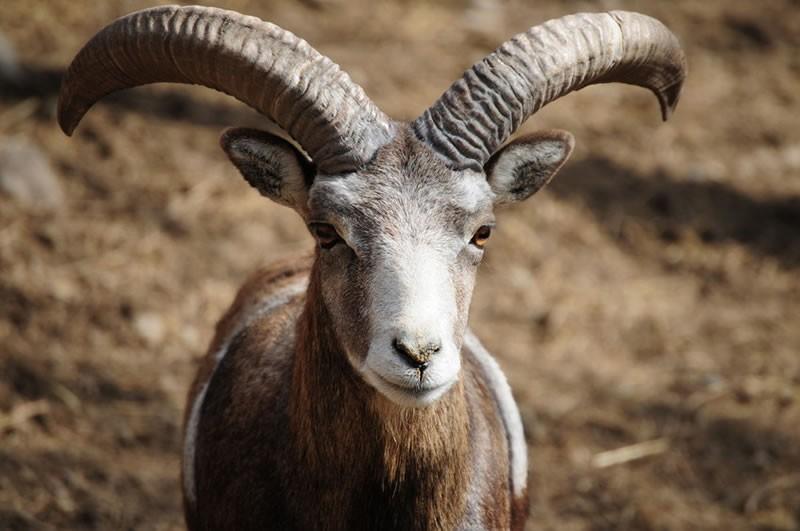

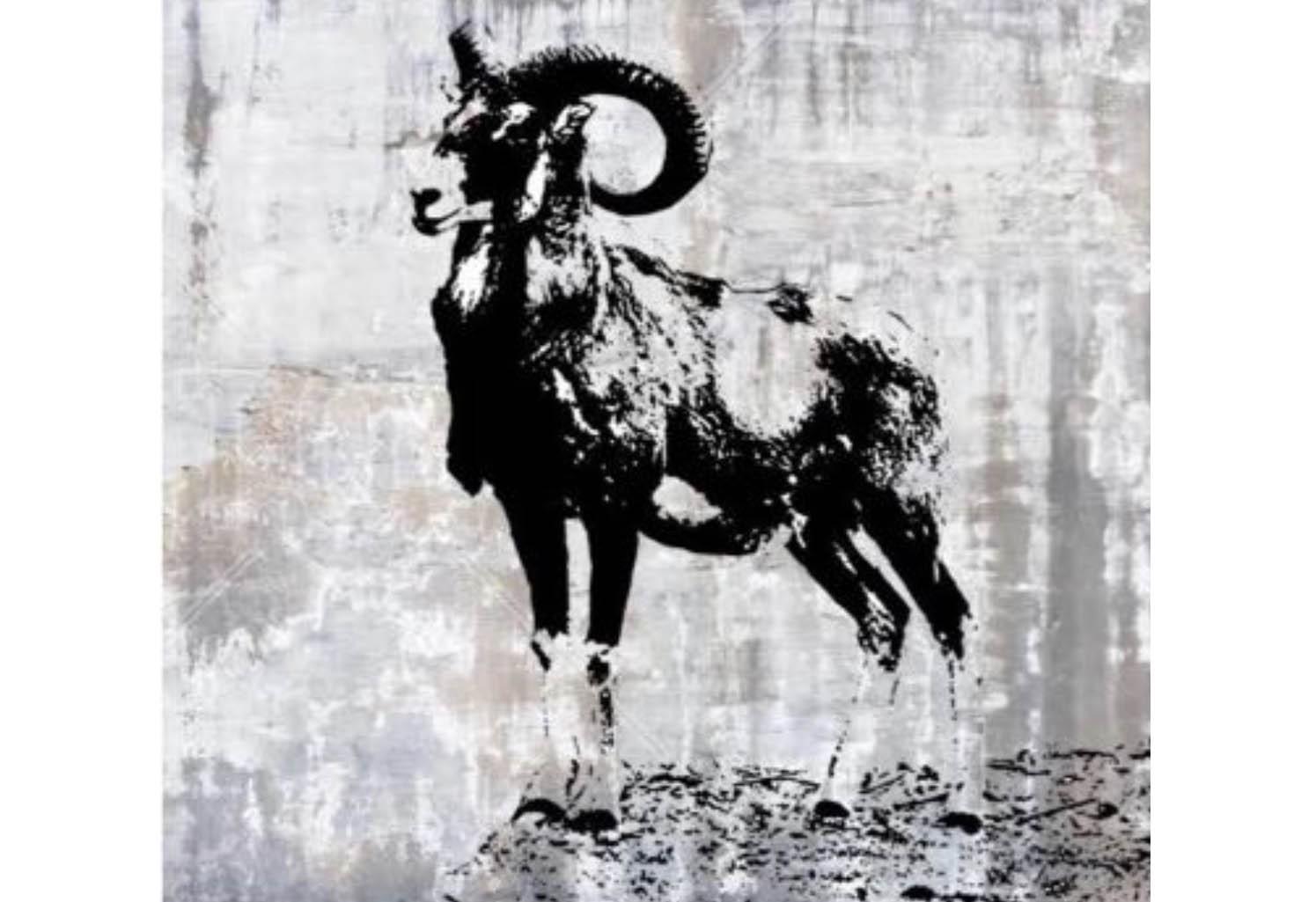
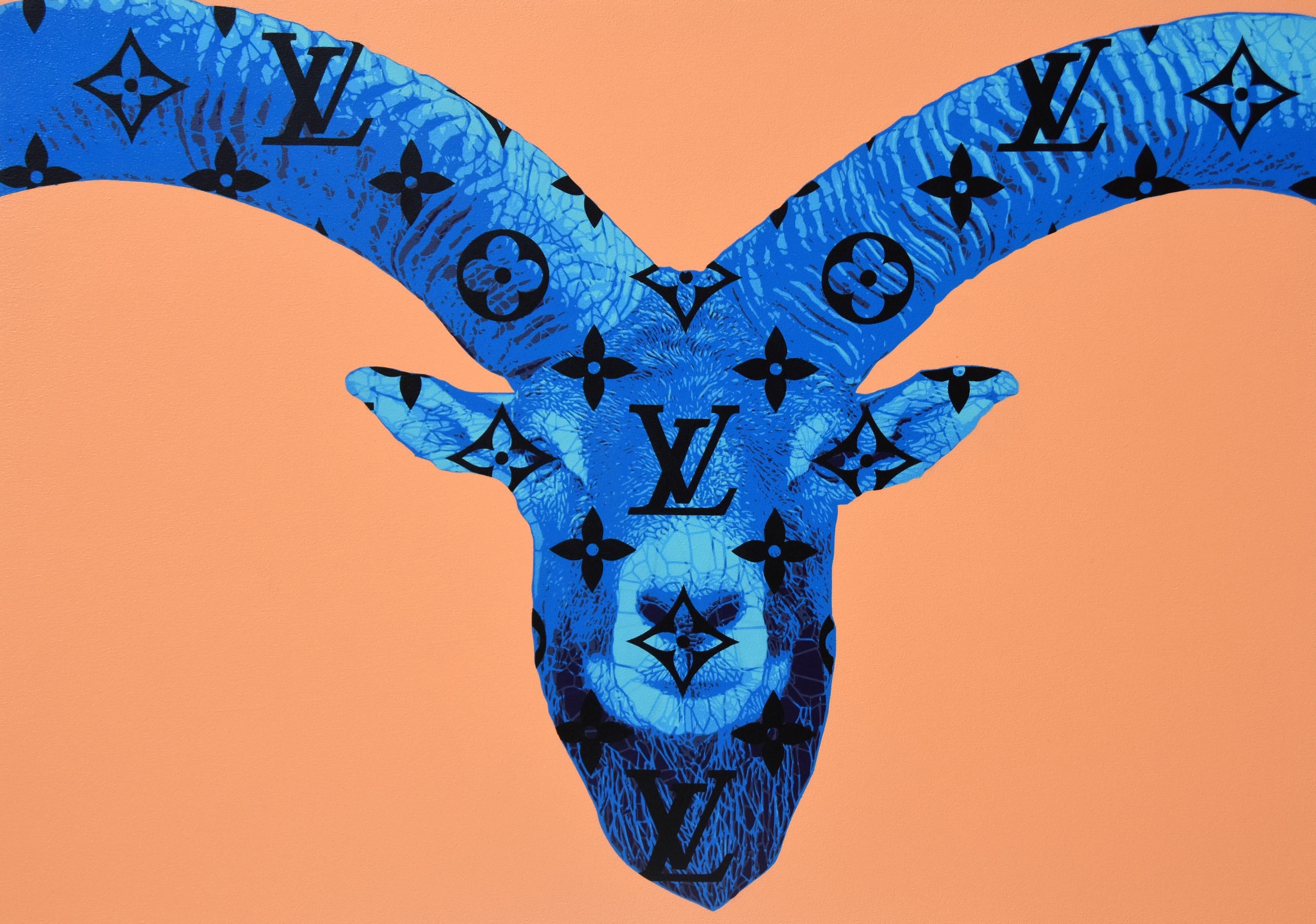
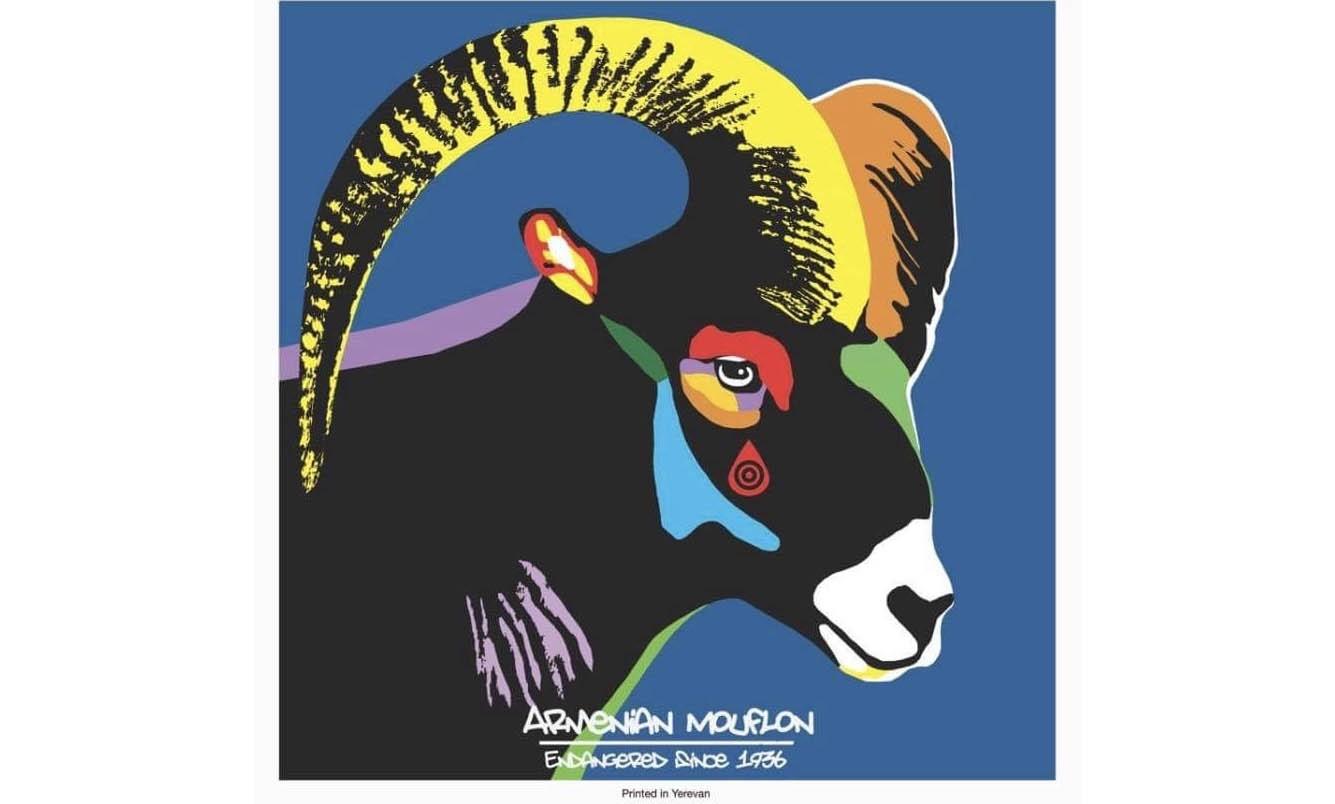
Comments (1)
Write a comment